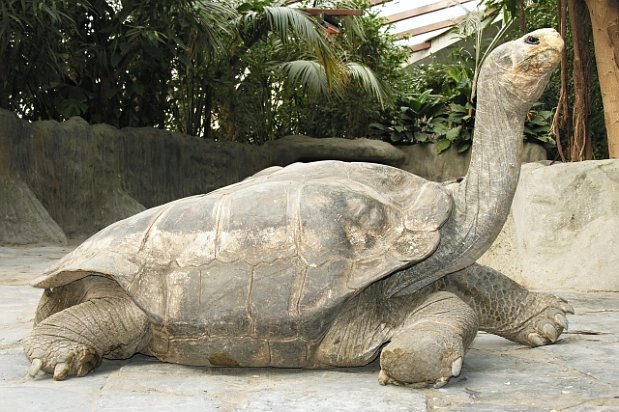

Geochemically, Pinta magmas represent the northern extreme of the range of compositions observed in the Galapagos, indicating they are derived mostly from the Galapagos mantle plume. Most Galapagos magmas seem to be derived from a mixture of material from the Galapagos mantle plume and ambient upper mantle. The formation of abingtonites most likely involves the concentration of plagioclase in the tops of magma chambers through floatation. Plagioclase is often lighter than basaltic magmas from which they crystallize. Abingtonites are occasionally found elsewhere in the Galapagos, particularly on neighboring northern islands. Rocks such as these have been given the name "abingtonite" after the island. While plagioclase is common in basaltic lavas, the remarkable abundance and size of these crystals is extremely unusual. Many of the lavas erupted during the shield stage have very abundant large white crystals of plagioclase.


There has been one recorded eruption in the past century. The latter has produced many young lavas and cinder cones at the northern and southern ends of the island. Pinta appears to have had a two stage development: a shield stage, which began more than 800,000 years ago, and a younger fissure stage. The island has steep slopes, which may be due to faulting. The summit, at 850 m elevation, has a small collapse pit, but no caldera is present. Pinta, also known as Abington,Island is an elongate shield rising from a northwest trending submarine ridge.


 0 kommentar(er)
0 kommentar(er)
